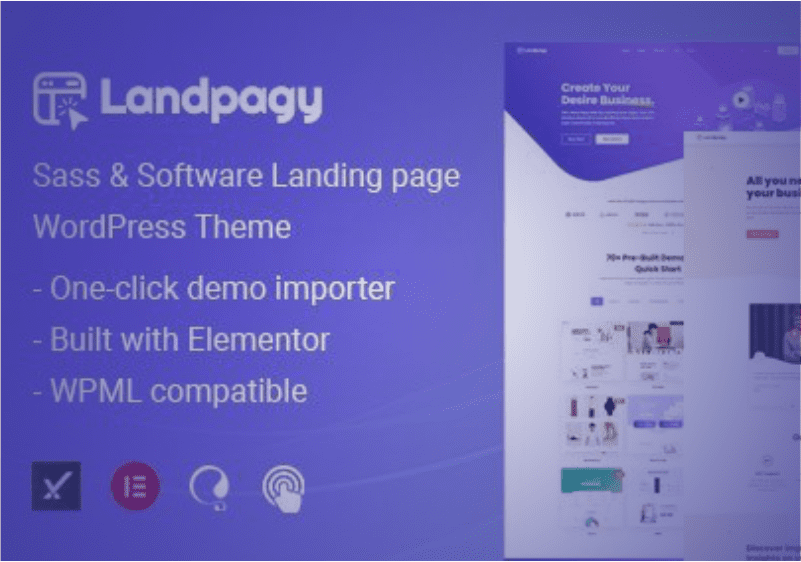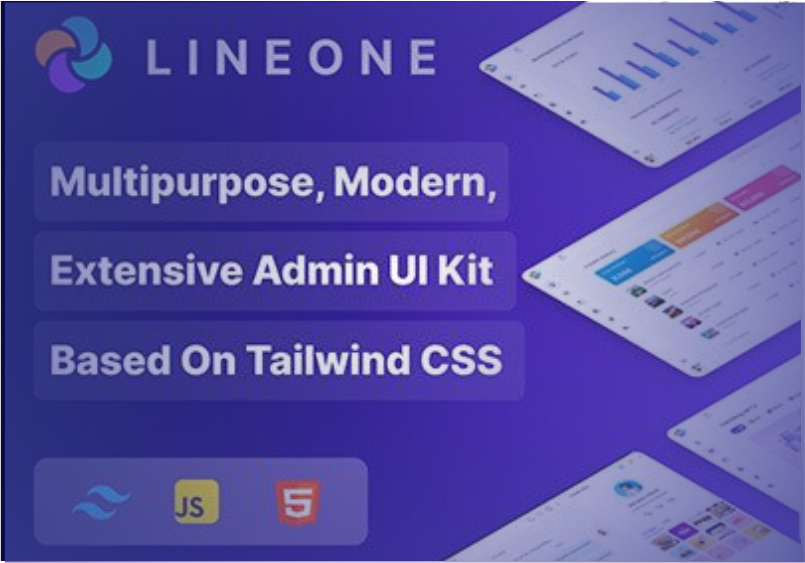Programming Languages For Developing Web Applications
Web Applications support practically everything in today’s digitally first society, from productivity tools and banking dashboards to social media platforms and online shopfronts. A network of servers, databases, and—most importantly—the programming languages that make these apps operate are the backbone of every smooth interaction. Building scalable, effective, and user-friendly systems requires knowing the best programming languages for web application development, whether you’re a tech entrepreneur, aspiring web developer, or business owner trying to make educated selections.
Some programming languages have stood the test of time, evolving with the growing demands of the web, while others have emerged with fresh paradigms to meet modern development challenges. The choice of language can significantly affect your project’s performance, scalability, time-to-market, and long-term maintainability. Let’s take a deep dive into the most effective programming languages for developing web applications today, looking at how they serve different aspects of modern web development and why they continue to dominate in the tech space.
The Evolving Landscape of Web Application Development
The development of web applications has transformed drastically over the years. From static HTML pages of the early 90s to highly interactive single-page applications and complex backend systems of today, the programming languages used have also evolved to keep up with these demands. Flexibility, speed, community support, and cross-platform capabilities are now essential when choosing a development language. Additionally, integration with frameworks and libraries has become a must, ensuring that web applications can be built faster, with fewer bugs, and with improved user experiences.
Languages that support asynchronous processing, strong security, responsive design, and rich data handling have become the top picks among developers. Let’s explore these key players in the current web development scene.
JavaScript: The King of the Frontend
JavaScript has earned its reputation as the lifeblood of the web. If you’re browsing a modern website, JavaScript is almost certainly involved. Originally developed to add simple interactivity to HTML pages, JavaScript has evolved into a full-fledged programming powerhouse. It’s the standard language for frontend development and now extends its capabilities to the backend as well, thanks to environments like Node.js.
With the rise of frameworks like React, Angular, and Vue.js, JavaScript now enables developers to build dynamic, responsive, and real-time web interfaces. These tools allow for the creation of single-page applications (SPAs) that feel as fluid and fast as native apps. Its asynchronous capabilities, enabled by promises and async/await syntax, allow for seamless handling of data fetching and user interactions without page reloads.
Moreover, with Node.js, JavaScript can now power backend logic, giving rise to full-stack JavaScript development, making it possible to use one language across the entire application. This reduces context-switching for developers and streamlines the development process.
Python: The Rising Star in Web Development
Python has exploded in popularity over the past decade, not just for data science and automation, but also as a powerful language for web application development. Its simplicity, readability, and vast ecosystem make it a favorite for startups and large enterprises alike. Python’s philosophy of “readability counts” enables rapid development and reduces the time spent debugging and refactoring. Frameworks such as Django and Flask make Python an attractive option for backend web development.
Django, in particular, is known for its “batteries-included” approach, providing developers with a lot of tools out of the box, including authentication, database ORM, and an admin panel. Flask, on the other hand, is more lightweight and flexible, suitable for smaller projects or those that need custom features. Python’s strong support for APIs, machine learning, and automation means it’s also a great choice for building web applications that incorporate AI features, such as recommendation engines or chatbots.
PHP: Still Holding Strong in the Web World
PHP often gets a bad rap from newer developers, but it’s impossible to deny its importance in the web development landscape. It powers over 75% of the web, including giants like WordPress, Facebook (in its early days), and Wikipedia. PHP was specifically designed for web development, making it naturally good at handling server-side scripting.
Over the years, PHP has matured significantly. With the introduction of PHP 7 and now PHP 8, the language has improved performance, reduced memory usage, and introduced modern features such as type declarations and better error handling. Frameworks like Laravel and Symfony have also helped restore PHP’s image, offering elegant syntax, strong security features, and excellent developer tooling.
If you’re building content-heavy websites, community platforms, or web applications with tight deadlines and budgets, PHP remains a very practical and viable option.
Ruby: Developer Happiness First
Ruby, particularly when paired with the Ruby on Rails framework, is a language that prioritizes developer happiness and productivity. While its popularity has waned compared to its early 2010s heyday, Ruby is still a beloved choice for many startups and companies that want to build MVPs (minimum viable products) quickly.
Ruby on Rails follows the convention over configuration (CoC) and don’t repeat yourself (DRY) principles, which allow developers to write less code and build more functionality. It comes with a rich set of built-in features and a supportive community that encourages clean code and best practices. Although Ruby applications can sometimes lag behind in raw performance compared to other languages, its rapid development capabilities often outweigh that disadvantage in the early stages of application development.
Java: The Enterprise Backbone
Java is a time-tested language with a long-standing reputation for stability, scalability, and security. It’s been used to build everything from banking systems to Android applications and massive enterprise-level web applications. Java’s strength lies in its robustness and strict typing system, which makes applications less prone to common bugs. Frameworks like Spring Boot have made Java web development more accessible, removing much of the complexity and configuration traditionally associated with the language.
Java’s virtual machine (JVM) allows it to be platform-independent, making deployment across various environments easier. If your web application requires strong security, multi-threaded performance, and long-term scalability, Java is a top-tier choice, especially for enterprise-level solutions. C# is the go-to language for developers working within the Microsoft ecosystem. With the .NET Core (now .NET 6 and 7), Microsoft has made it possible to use C# for cross-platform development, opening it up for use on Linux and macOS servers—not just Windows.
ASP.NET Core is a robust and modern framework that supports MVC architecture, REST APIs, real-time applications, and more. It provides excellent performance, strong security, and great tooling, especially when combined with Visual Studio. For businesses already using other Microsoft tools and cloud infrastructure (like Azure), C# and ASP.NET Core offer a seamless integration experience that can significantly boost productivity and application reliability.
Supercharging JavaScript Development
TypeScript is a superset of JavaScript that adds optional static typing. It addresses some of JavaScript’s pitfalls, like dynamic typing and runtime errors, by allowing developers to catch bugs early during the compilation process. Modern frameworks like Angular and tools like Deno are built with TypeScript in mind. Even React and Node.js projects often incorporate TypeScript for better maintainability and scalability.
TypeScript’s strong typing and tooling support make large-scale JavaScript applications more manageable, especially in teams. It brings the best of both worlds: JavaScript’s flexibility and the safety of a strongly typed language. Go, developed by Google, is a relatively new language that emphasizes simplicity and high performance. It compiles to machine code, which means web applications written in Go are incredibly fast and efficient.
Go is also highly concurrent, making it ideal for building APIs, microservices, and real-time systems. Its standard library includes robust tools for handling web servers, and frameworks like Gin and Echo make web development even faster. Go doesn’t come with the bells and whistles of other high-level languages, but that’s part of its charm—it’s fast, lean, and predictable. Go is gaining popularity for high-performance web apps and systems that need to handle large numbers of requests with low latency.
Choosing the Right Language for Your Web Application
There is no one-size-fits-all answer when it comes to choosing the best programming language for web development. It ultimately depends on the type of web application you’re building, your team’s expertise, scalability needs, and time constraints. If you need full-stack development with rapid prototyping, JavaScript and Python are excellent choices. For large enterprise applications that require rock-solid architecture and security, Java and C# shine. For developers who prioritize simplicity and speed, Go is worth serious consideration.
PHP and Ruby still hold strong positions for specific use cases, particularly where time-to-market and developer convenience matter most. Another major factor is community support. Languages like JavaScript, Python, and PHP benefit from large communities, extensive documentation, and countless third-party libraries that can dramatically speed up development. This kind of ecosystem support can be as important as the language’s technical capabilities.
The Future of Web Application Development
As web development continues to evolve, languages are also adapting. The line between frontend and backend is increasingly blurred, with languages like JavaScript and TypeScript enabling true full-stack development. Low-code and no-code platforms are also gaining momentum, but programming languages remain at the heart of professional web application development.
Emerging technologies such as WebAssembly may also influence the future language landscape, potentially opening the door for traditionally non-web languages like Rust and C++ to become more prominent in web application development. However, regardless of trends, the core principles remain: clarity, maintainability, security, and performance. The languages explored in this article offer the best balance of these traits, making them the top contenders for developing modern, scalable, and efficient web applications.
Conclusions
Web applications are now more integral to business and life than ever before. The choice of programming language can determine how successful, secure, and scalable your web application will be. Whether you’re building a simple blog, a SaaS product, or a large enterprise solution, selecting the right language is as critical as the design and functionality of the app itself.
Invest in the right tools, learn from the community, and choose the language that aligns with your goals and team strengths. With the right foundation, you’ll be well-equipped to create web applications that stand the test of time.















